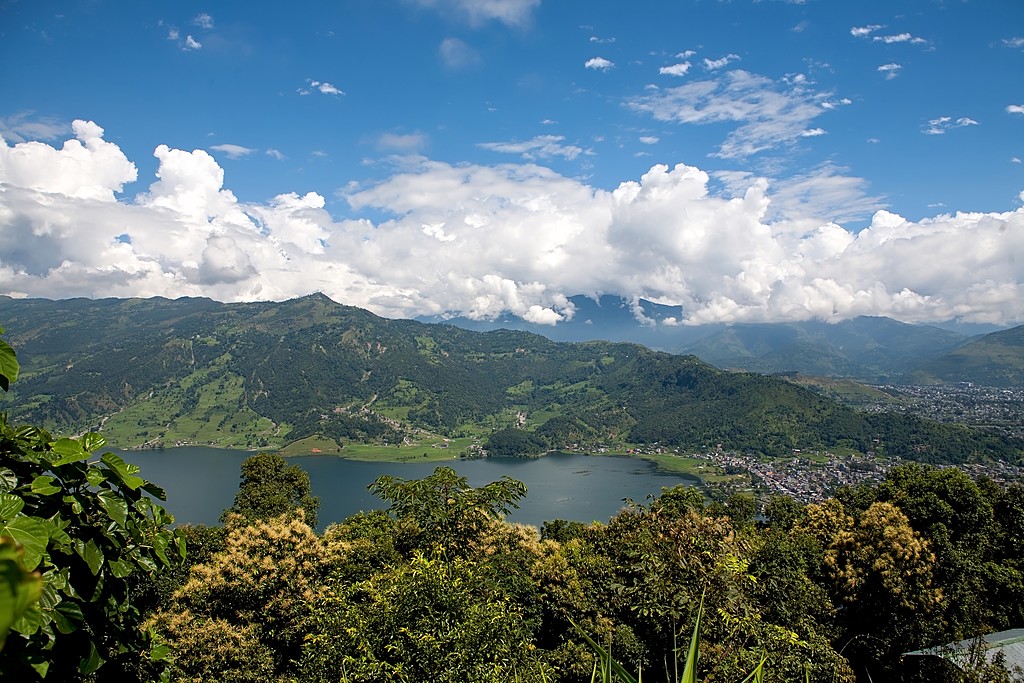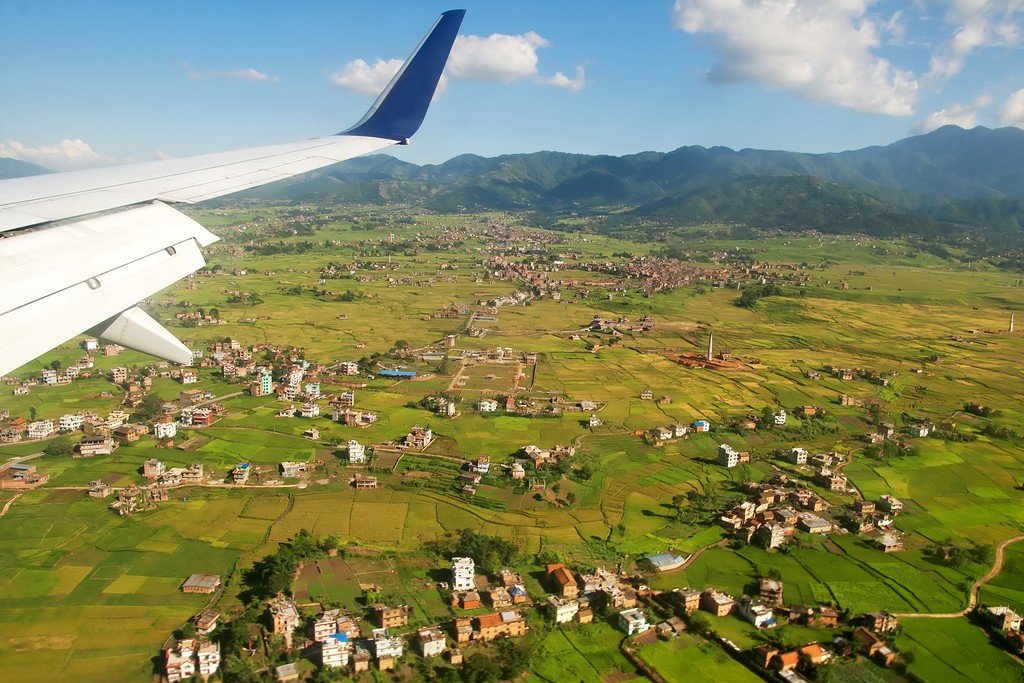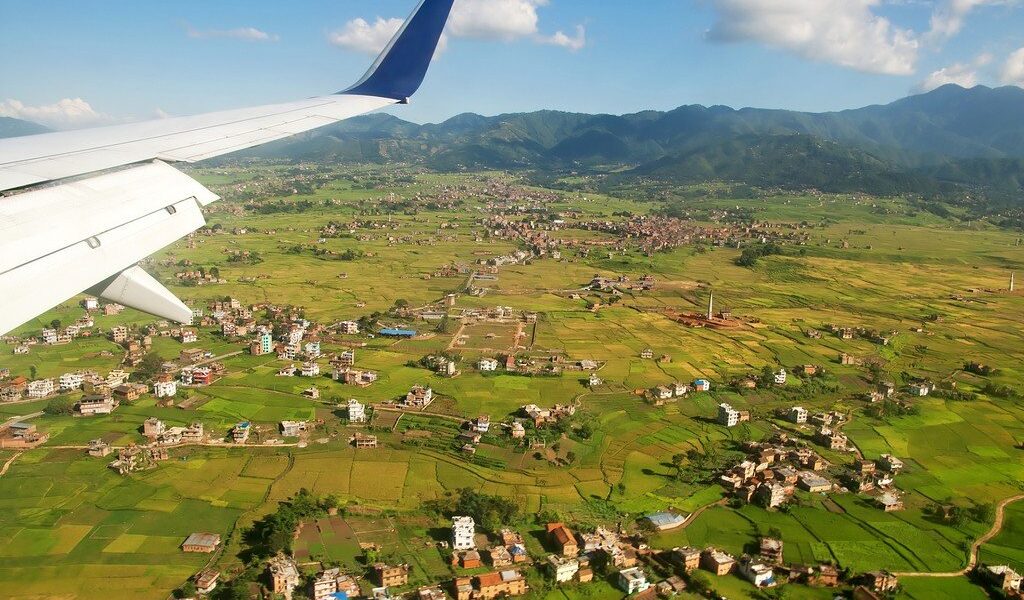
Pokhara may not seem far from Kathmandu (the cities are only 126 miles / 204 km apart), but the Nepali terrain and road quality make for a very long drive. That’s why many travelers opt to fly. Here are your options for traveling between the two cities, either by air or road.
## Journeying Between Kathmandu and Pokhara: A Comprehensive Guide
Venturing between the vibrant city of Kathmandu and the serene lakeside town of Pokhara presents travelers with a choice of transportation options, each offering a unique experience. Whether you prioritize speed and comfort or seek a more budget-friendly and immersive journey, understanding the nuances of each mode of transport is crucial for planning your Nepal adventure.
## By Flight (30 minutes): A Swift Ascent

For travelers with limited time or those who simply prefer a comfortable and efficient journey, flying between Kathmandu and Pokhara is undoubtedly the optimal choice. Numerous flights depart daily from the domestic terminal of Tribhuvan Airport, whisking passengers away on a scenic 30-minute aerial adventure.
The flight itself is an experience to savor, particularly if you secure a seat on the right-hand side of the plane. From this vantage point, you’ll be treated to breathtaking panoramic views of the majestic Himalaya range, a sight that will undoubtedly leave a lasting impression. Arriving in Pokhara by plane leaves you feeling refreshed and invigorated, granting you ample time to immerse yourself in the town’s attractions and activities on the very same day. This is a stark contrast to the overland journey, which can leave you feeling weary and drained.
Flights operate throughout the day, although it’s worth noting that the last flight in either direction typically departs around 3:30 pm. Ticket prices fluctuate depending on the season and your method of purchase. Booking online generally costs around $125 USD for a one-way ticket. However, many travelers find it more convenient to include these flights as part of a comprehensive tour package. It is essential to bear in mind that airfare rates are subject to frequent changes, so flexibility is key.
Despite its numerous advantages, flying does have a potential drawback: flight delays. These delays can occur due to adverse weather conditions or cascading delays from incoming flights. While frustrating, it’s a factor to consider when weighing your transportation options.
## By Road (6-8 hours): A Terrestrial Traverse
All surface transportation options share the same route from Kathmandu to Pokhara. Therefore, the determining element in how long the trip will be will be the traffic in the Kathmandu Valley which depends on the time of day.
Opting for a private vehicle provides the advantage of customization and freedom. You have the liberty to request stops at your leisure, allowing you to explore points of interest along the way or simply stretch your legs and soak in the surroundings. Furthermore, smaller private vehicles often navigate through traffic more efficiently than larger buses, potentially shaving off some travel time. Private vehicles include a driver to take you where you need to go.
### Private Jeep: Spacious Comfort
Jeeps, accommodating 7-8 passengers, represent the largest and most comfortable private vehicle option. The one-way fare typically hovers around $250 USD.
### Private Car: Intimate Travel
Private cars, designed for four passengers, offer a more intimate travel experience. The cost is approximately $145 USD for a one-way trip. If you desire the added comfort of air conditioning, expect to pay a slightly higher premium.
### Tourist Bus: A Social Journey
Tourist buses predominantly depart from Kathmandu’s Kantipath Road, near the bustling Thamel area, at 7 am. A ticket costs around $6.50 USD (Rs. 700). While pre-booking isn’t always mandatory, it’s advisable during peak season or when traveling with a large group. Despite variations in companies, the service level is generally consistent, encompassing amenities like a complimentary bottle of water, air conditioning, onboard Wifi (although its functionality can be unreliable), and reasonably frequent rest and food stops.
For a more luxurious experience, consider the Greenline Bus, which departs from a small bus park opposite the Garden of Dreams in Thamel at 7.30 am. Tickets are priced at $25 USD, a significant increase compared to other tourist buses. However, this higher price includes a buffet lunch, travel insurance, and access to an indoor waiting room at the bus park. Comfort stops are also made at establishments offering a slightly higher standard of service.
Tourist buses don’t automatically guarantee a speedier journey compared to other road transport alternatives. However, they do offer a slightly safer option, as the driving standards tend to be more consistent and cautious.
### Public Bus: The Budget-Conscious Choice
Public buses represent the most economical option, with fares around $4 USD (Rs. 450) for a one-way trip. You can choose between a full-size bus or a smaller microbus. Departures occur frequently throughout the day, roughly every half hour, primarily from the Gongabu Bus Park.
While public buses aren’t necessarily slower than tourist buses (in fact, they can sometimes be faster due to less adherence to speed limits and fewer comfort stops), they offer a significantly less comfortable experience. Expect the absence of air conditioning, older seating, loud music, and aisles often filled with passengers and luggage. Opting for a public bus is primarily justified if you’re on a very tight budget or if the early morning departure of tourist buses presents a scheduling conflict.
B-1787

